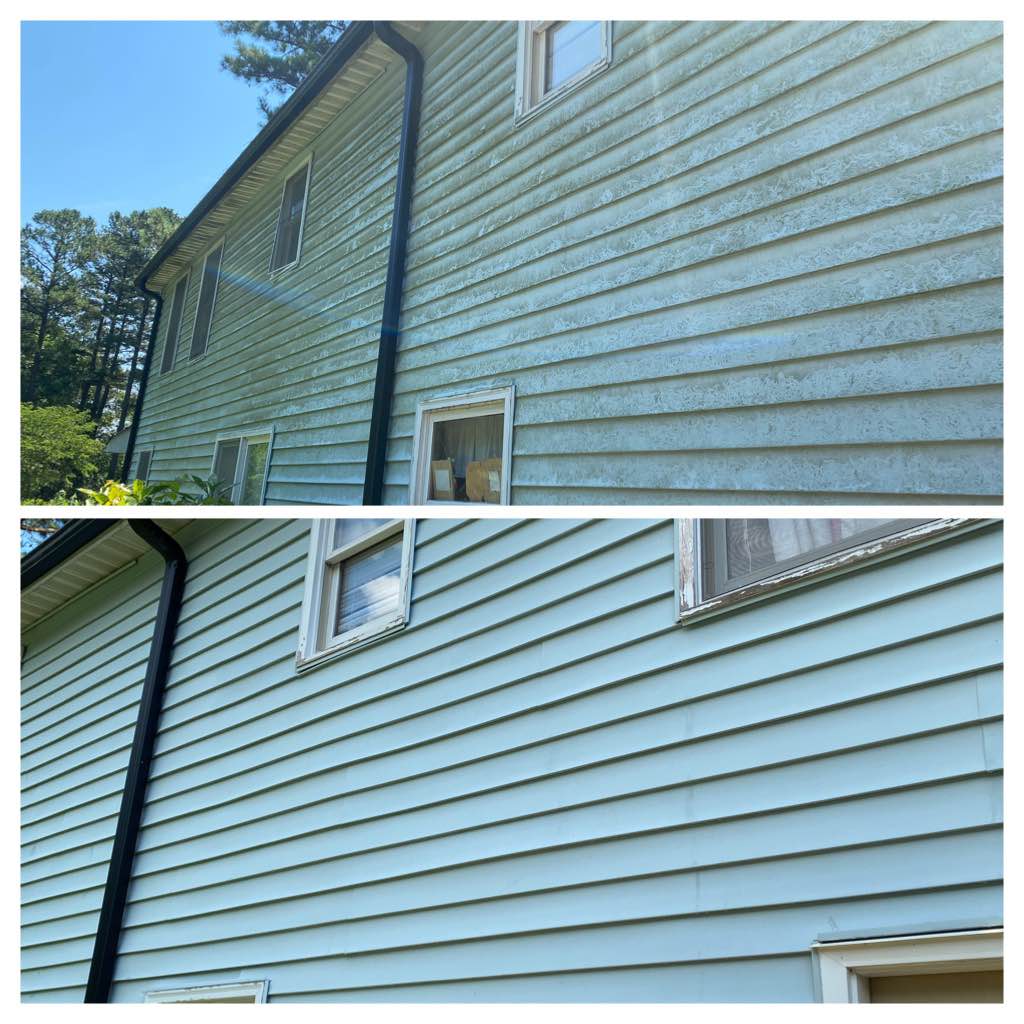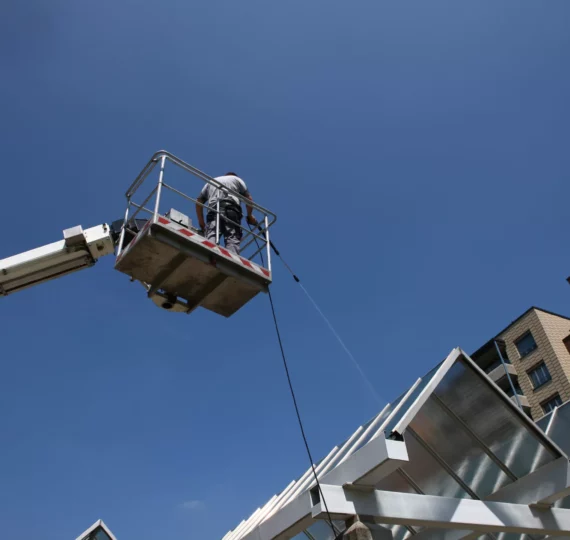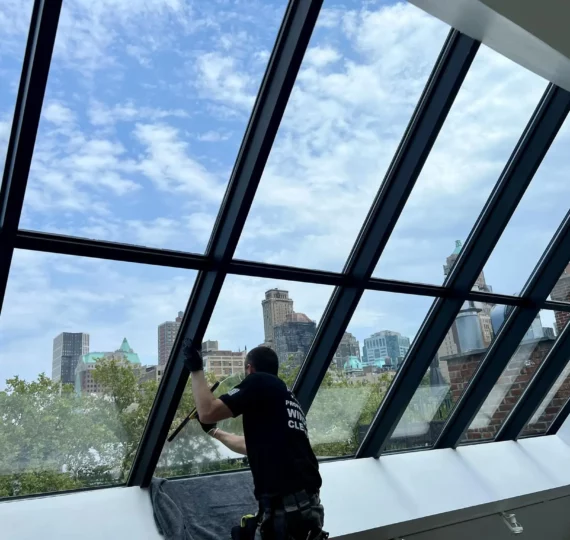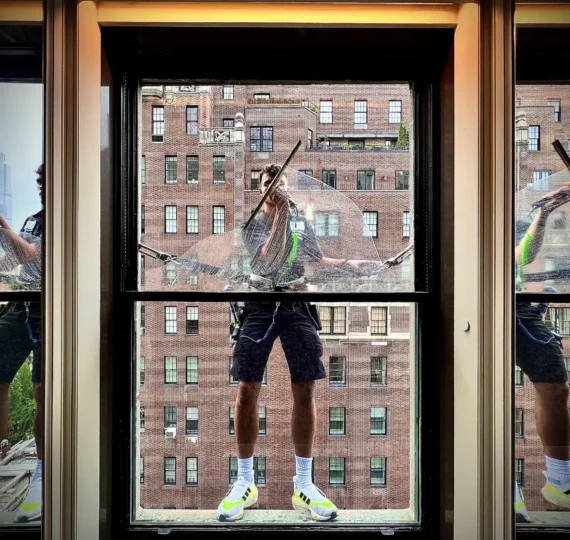Pressure Washing: Your Ultimate Guide to Getting Started
Pressure washing is a fantastic way to keep your home’s exterior looking clean and new. With just a small investment in equipment and some basic knowledge, you can have your home looking like it was just built. However, before you get started, there are a few things you should know. In this ultimate guide, we’ll walk you through everything you need to know about pressure washing.
Understand the Basics
Pressure washing can be an effective and quick way to clean exterior surfaces like driveways, sidewalks, patios, and even houses. However, it is essential to understand the basics before getting started. Pressure washers work by using a powerful spray of water to eliminate dirt, grime, and mildew from surfaces. They come in a range of types and sizes, and it’s crucial to choose the appropriate one for the job at hand.
It’s essential to approach pressure washing with caution, as high-pressure streams of water can be dangerous if used improperly. Before turning on your pressure washer, make sure to carefully read through the instructions that come with the machine. Take note of any safety guidelines and adhere to them strictly to avoid accidents. Protective eyewear and gloves should be worn at all times when pressure washing, and it’s also a good idea to wear waterproof clothing to protect your skin from the spray.
Besides wearing protective gear, it’s also critical to keep any bystanders away from the area you’ll be washing. A powerful stream of water can be unpredictable, and it’s easy for debris or rocks to be kicked up unexpectedly and cause injury to those nearby. Keep a safe distance from others and ensure that there is no one in the vicinity of the area you’ll be working on.
Choose Your Equipment
Before selecting a pressure washer, it’s crucial to determine the intended use and level of power required. Electric pressure washers are generally quieter, lightweight, and easier to maintain. However, they are limited in their reach and power, making them better suited for smaller jobs.
On the other hand, gas-powered pressure washers are known for their heavy-duty performance, making them a more suitable choice for larger tasks. They work by using gasoline to power the engine, making them more powerful and capable of reaching higher pressures and water flow rates.
Another factor to consider is the type of nozzle the pressure washer comes equipped with. Different nozzles offer different spray patterns and are designed for specific cleaning tasks. For example, a 15-degree nozzle is ideal for tough stains on concrete or brick surfaces, while a 25-degree nozzle is best for cleaning cars or delicate surfaces such as wood or glass.
It’s also essential to consider the pressure and flow rate of the machine. Pressure is measured in pounds per square inch (PSI) and flow rate in gallons per minute (GPM). A higher PSI will provide more cleaning power, while a higher GPM will allow for faster cleaning. It’s essential to balance these factors to determine the most effective pressure washer for the task at hand.
Lastly, consider the build quality and durability of the pressure washer. Investing in a quality machine may cost more initially, but it will pay off in the long run by lasting longer and providing consistent performance.
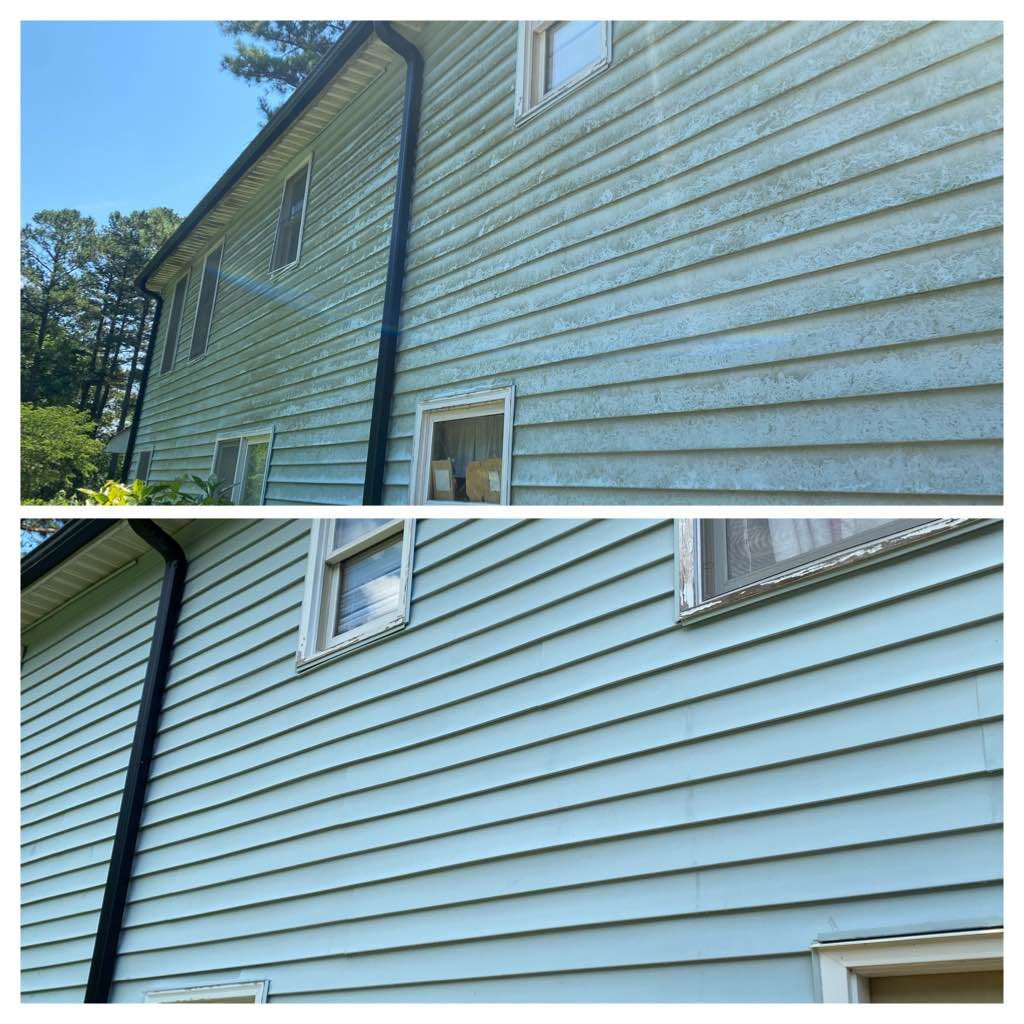
Exterior Power Washing
Prepare Your Area
Effective preparation is a key ingredient to successfully pressure washing any area. Therefore, before you begin your pressure washing task, it is important to ensure that you have created a conducive environment that will make your work easier and more efficient. Start by removing any objects that are in the area to be cleaned such as patio furniture, grills, and lawn ornaments. This not only makes your work easier, but it also helps in preventing damage to these items.
Furthermore, don’t forget to cover nearby plants or flowers with plastic sheeting to give them extra protection from the high-pressure water. This helps in preventing any accidental damage that may be caused to the plants by the powerful jet of water. Additionally, removing these items ensures that you have ample space to work without any hindrances, thus making your pressure washing task more comfortable and effective.
Once you have removed all the objects and covered your plants or flowers, sweep the area to remove any loose debris like dirt and leaves. This simple step will help to ensure that your pressure washing will be more effective by removing any dirt or leaves that may be in the way. Cleaning the area thoroughly before washing ensures that you achieve a more precise and effective cleaning job while also saving you time and energy.
Technique Matters
Pressure washing is a highly effective way to get rid of dirt, grime, and other types of stubborn stains from a variety of surfaces. It is commonly used for cleaning decks, patios, driveways, sidewalks, siding, and even vehicles. However, to achieve the best possible results, it’s crucial to master the technique that is required to use a pressure washer.
One vital rule to remember is to always start at the top of the surface you’re washing and work your way down. This technique ensures that the water and any accompanying cleaning solution do not flow onto areas that are already clean, resulting in a more thorough and efficient cleaning process. Long, steady strokes are highly encouraged to ensure that the water pressure remains consistent throughout the surface.
It is equally essential not to linger in one spot for too long or apply too much pressure to a specific area. Doing so can cause gouges, scratches, or other types of damage to the surface being cleaned. Therefore, proper nozzle selection is vital to successfully clean various surfaces. Different nozzle heads spray the water in different patterns, and the one you select should be appropriate for the type of surface you are cleaning.
Finish Strong
Finishing strong is an essential aspect of pressure washing any surface, whether it be a driveway, patio, or deck. After completing the first round of pressure washing, it is crucial to scan the entire area and inspect your work. With a sharp eye, look for any sections that may require more attention, such as stubborn dirt or grime that was not removed during the first pass. These areas can be addressed by giving them a second run with the pressure washer.
When you are satisfied that all surfaces have been thoroughly cleaned, it is time to rinse the area with clean water. This rids the surface of any remaining dirt, debris, and cleaning solution, leaving it looking spotless. A spotless surface is not only aesthetically pleasing but also a reflection of a job well done.
Residential pressure washing is a fantastic way to keep your home looking great. By following these tips, you can get started with confidence. Remember to always put safety first, choose the right equipment for the job, and take your time to get it done right. With a little bit of practice, you’ll be a pressure washing pro in no time!

Driveway Power Washing
Big Apple Window Cleaning
https://www.google.com/maps?cid=10117434971902366926
420 Lexington Ave #2440, New York, NY 10170, United States
+1 212-365-8007
https://bigapplewindowcleaning.com/
https://www.google.com/maps?cid=10117434971902366926
420 Lexington Ave #2440, New York, NY 10170, United States
